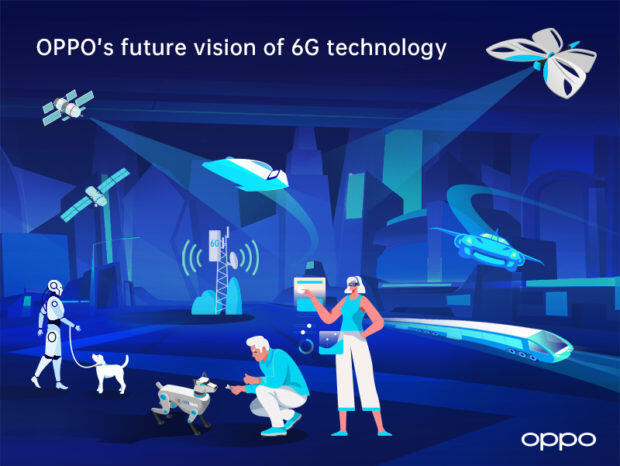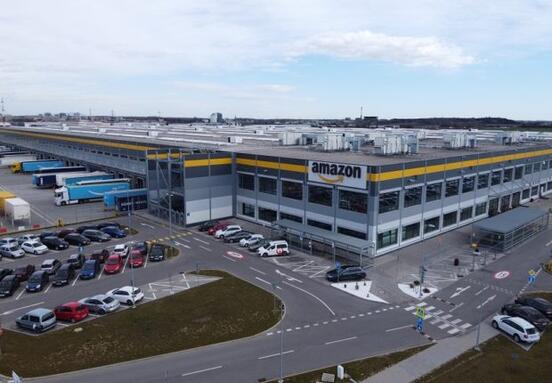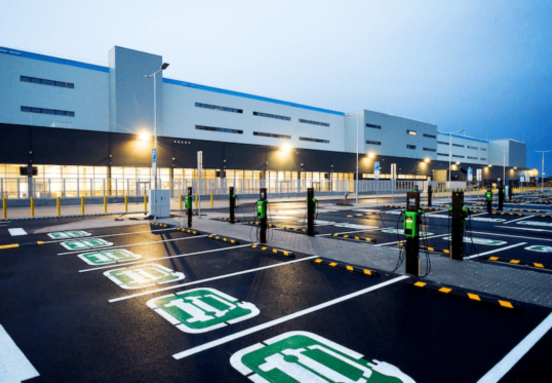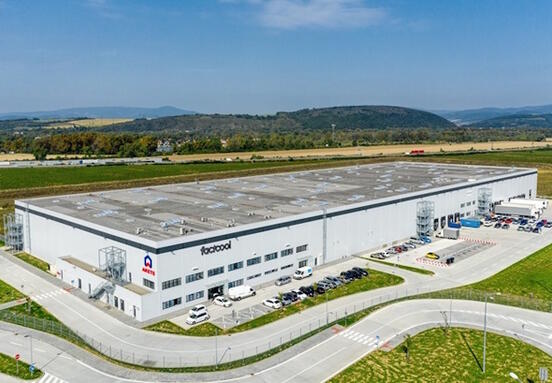OPPO has set up a preparatory team that conducts preliminary research into the requirements in the areas of the 6G network, their key technologies, and the individual functions of the system.
OPPO believes that 6G will change the way people communicate with artificial intelligence while allowing artificial intelligence to become a technology that will primarily serve the people themselves. Smart devices with 6G network support will become important helpers for artificial intelligence. These devices will download and deploy its algorithms at various application levels, creating new experiences. The devices will also constantly collect data to serve as a basis for more advanced artificial intelligence tools.
As an example, OPPO representatives outlined what the use of autonomous vehicles might look like in the future. Based on the location of the vehicle and current conditions (eg time of day or weather), 6G networks will be able to assign the most suitable artificial intelligence algorithm as well as recommend optimal communication connections. Because the vehicle will be able to immediately download and run artificial intelligence algorithms that have been learned from the operation of other vehicles and equipment, driving will be a matter of course for the safest and most comfortable driving.
Future development of 6G
"Technological development must be future-oriented. Mobile communications technologies are evolving at ten-year intervals, and the standardization of the next generation of communications technologies is expected to begin in 2025 and commercial implementation to follow around 2035, ”said Henry Tang, OPPO's 5G Scientific Team Leader. "Looking to 2035, we expect the number of smart devices to significantly exceed the number of people. Therefore, the next generation of the 6G network should be able to serve not only the needs of people, but all forms of intelligence, including their various interactions. We carried out the initial technical research and design of the system with this end goal in mind. "
Current networks can be divided into two levels: control plane (CP) and user plane (user plane UP). The user level is primarily responsible for the performance of the network, which directly affects users, such as its speed and latency. The control level, on the other hand, is closely related to the configuration of the network, ensures its normal operation with different movement patterns and ranges the position of the network nodes. If we compare the user level to vehicles that move fast in urban traffic, then the driver represents road traffic control.
One of the innovations that the OPPO study on 6G networks brought is the naming of a completely new functional level of artificial intelligence. This will be a new dimension in 6G networks, which will intersect the current functional and user level vertically and create a completely new complex environment based on artificial intelligence. This unique architecture enhances the 6G network on two levels: With networking features and advanced networking capabilities, the 6G network will optimize itself and manage itself dynamically, as well as intelligently distribute its resources.
A new way to get information
The 6G network will fundamentally change the ways in which artificial intelligence obtains information, learns, communicates and is used. This network will also solve many of the traditional problems encountered in the development of artificial intelligence, such as data power and user privacy. In order to alleviate some of the current limitations of artificial intelligence algorithms, the study proposes to divide resources into different areas.
Task-based organization as well as the integration of multiple nodes and resources within a 6G network will create artificial intelligence domains that provide the best strategy for accurately allocating the most appropriate models, planning network resources, and sharing data.
More efficient use of artificial intelligence
Nowadays, due to the limited computing power and storage capacity of intelligent devices, it is difficult to use extensive and general artificial intelligence algorithms. At the same time, specialized AI, which is able to work on these devices, cannot satisfy the huge data demands of users. However, within the 6G network, he will be able to perform several tasks, such as motherboard, database, artificial intelligence model storage and application server.
Within the proposed network, devices supporting 6G will be allocated to areas of artificial intelligence based on their location and requirements. Artificial intelligence then assigns the most appropriate algorithm and task needed to provide the required services. At the same time, it provides an optimal communication link to perform the respective tasks. Unlike 4G and 5G networks, artificial intelligence will be used for derivation and decision making in 6G networks organically integrated on both the device side and the network side, with the device itself playing a more important role.
OPPO will continue to conduct preliminary research into 6G technology to help set global standards in the near future. As a key contributor to the popularization of 5G, OPPO will also continue to work with its partners to support the large-scale commercialization of 5G and lead the development of the Internet of Things through the evolution of communication technologies to bring benefits to all.







